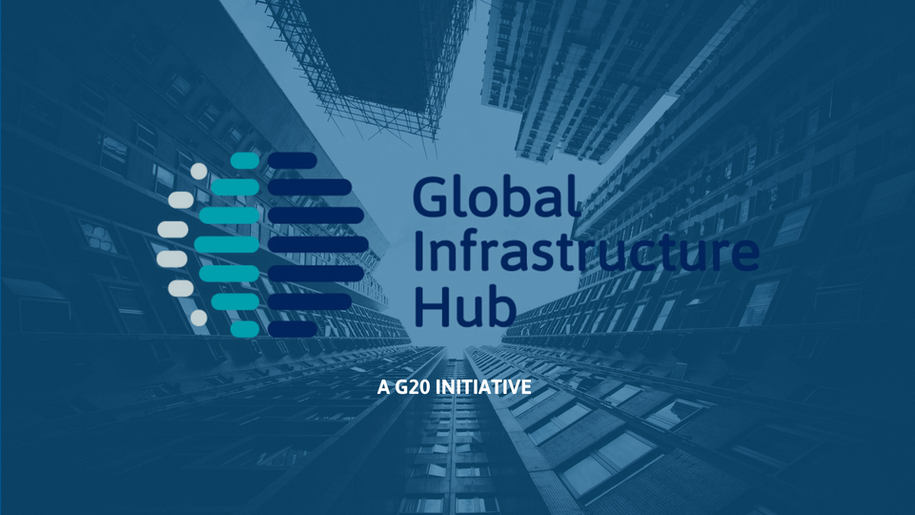961 results found
Featured results



More results
Investors are most concerned about political and regulatory stability and the liquidity of the infrastructure market when considering funding public infrastructure, a new survey has revealed.
Drone technologies can enable remote inspection of infrastructure, thereby improving safety by eliminating hazardous tasks previously done by humans.
A dynamic tolling algorithm recalibrates toll rates based on traffic congestion and local conditions every few minutes and is a tool to manage traffic demand through pricing.
This brief argues that we require more technology rather than lesss in developing countries since technology creates opportunities (leapfrogging), to generate jobs, increase earnings and be more inclusive, even though the technology could be widening the income inequality gap.

This book describes some key global water challenges, perspectives for remote sensing approaches, and their importance for water resources-related activities. It presents eight key types of water resources management variables, a list of sensors that can produce such information, and a description of existing data products with examples.

This report describes the role of economic analysis and the impacts of climate change on economic analysis of infrastructure projects in the context of Asia and the Pacific.

The purpose of this brief note is to set out a checklist of issues which need to be considered when assessing the likely economic impact of regulatory reform.

This paper discusses the regulation of water and sanitation services in urban areas.

This article reviews five economic shocks that are worsening the bankability of new infrastructure projects, and eight approaches to improve bankability and get projects off the ground.
The study uses a new, annual data set on Internet availability from the Brazil school census, the study analyses Brazil's "internetrollout" and its impact on the employee wages and industry employment.

This brief outlines whyaddressing inefficiencies must be a priority across the entire system of interconnected roads, railroads, ports, and airports, in any given area.

This paper is a collaboration between the World Bank’s Transport Global Practice, the World Bank’s Energy Sector Management Assistance Program (ESMAP) and the International Association of Public Transport (UITP) to assemble evidence, viewpoints, and analysis on eMobility programs.

The objective of the report and the accompanying index is not simply to rank countries, but to use score movements as a benchmark from which to investigate trends, identify successful PPP performers, and focus on the approaches that can facilitate a better understanding of common challenges and best-practice standards.

As 2018 comes to a close, we would like to take this opportunity to thank you for your support this past year. The Global Infrastructure Hub (GI Hub) had an ambitious agenda for 2018 and we are pleased to say that, with the help of our partners and stakeholders, we have been able to achieve some important milestones.
GI Hub was recognised for its work in supporting this Agenda through a library of InfraTech use cases
This paper studies the joint decision to invest in such infrastructure, and retrofit it later, given that future climate damages are uncertain and follow a geometric Brownian motion process with positive drift.

This brief outlines some new technological solutions for energy storage in emerging markets

This report outlines how energy efficiency and water conservation are each important for the delivery of electricity and drinking water.








 Infrastructure Monitor policy articles
Infrastructure Monitor policy articles




